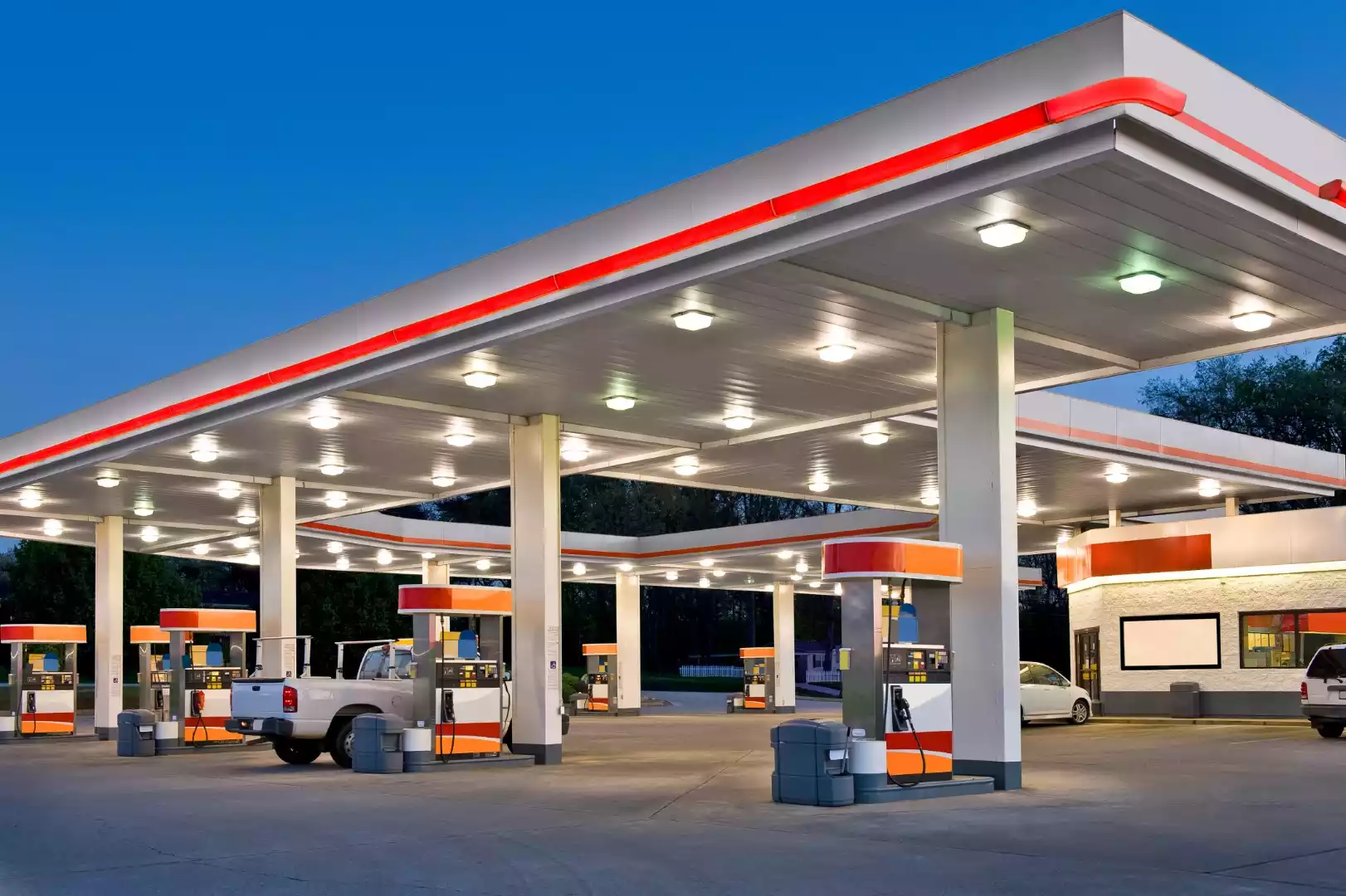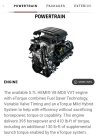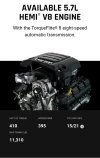Privateer
New Member
- Joined
- Apr 9, 2022
- Messages
- 1
- Reaction score
- 3
Direct injection..... came about because of government fuel economy regulations......when you port inject the fuel flows over the intake valves and the gas cleans the carbon from the pcv valve off the intake valve..indeed flooring your vehicle once in a while would help it clean itself even more....BUT with direct injection oil blow by from the pcv valve DOES NOT get cleaned by gas from a port injector.....So this results in carbon build up and loss of power....then at about 60-100k miles..... you need to take the engine apart and blast it with walnut shells...to clean the engine....Ford has solved this with their 2.7 and 3.5 with a dual injection system which includes a port injector...indeed for reliability and longevity the ford 7.3 is port injected and in my opinion is the best engine in a truck u can buy..Toyota is the inventor more or less of direct injected engines that include a port injector to clean the intake valves of carbon they call it the D-4S system. They put D-4S on their NEW engine in the tundra.....SO i have scoured the net...and this 3.0 does NOT SEEM to have a port injector to clean the intake valve....Im telling everyone here..DO not buy a 3.0 until its clear how this engine is dealing with OIL blow by and carbon build up...if Stelantis came up with some other system or what...stick with the hemi....the 3.0 might be an impressive engine....but Stick with port injection unless an engine has a dual injection system OR some new tech we haven't seen. id like to know other peoples thoughts on this... im sort of worried..
Last edited:














